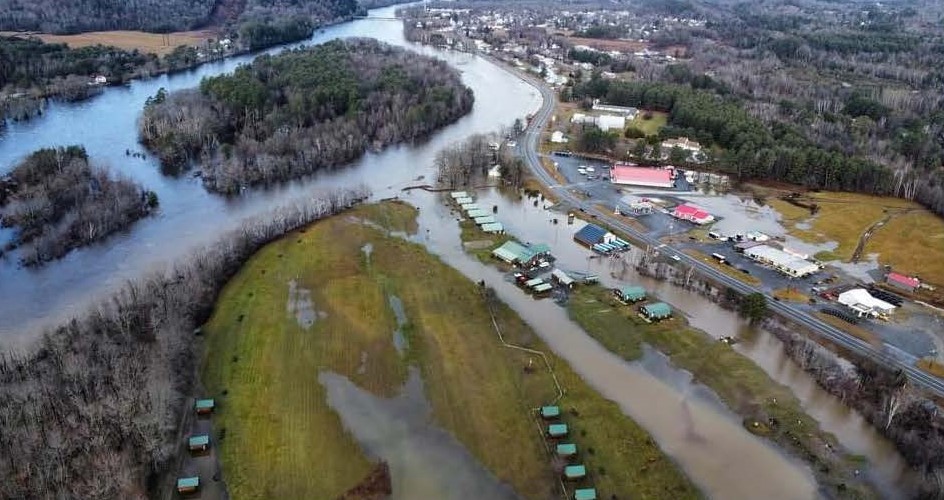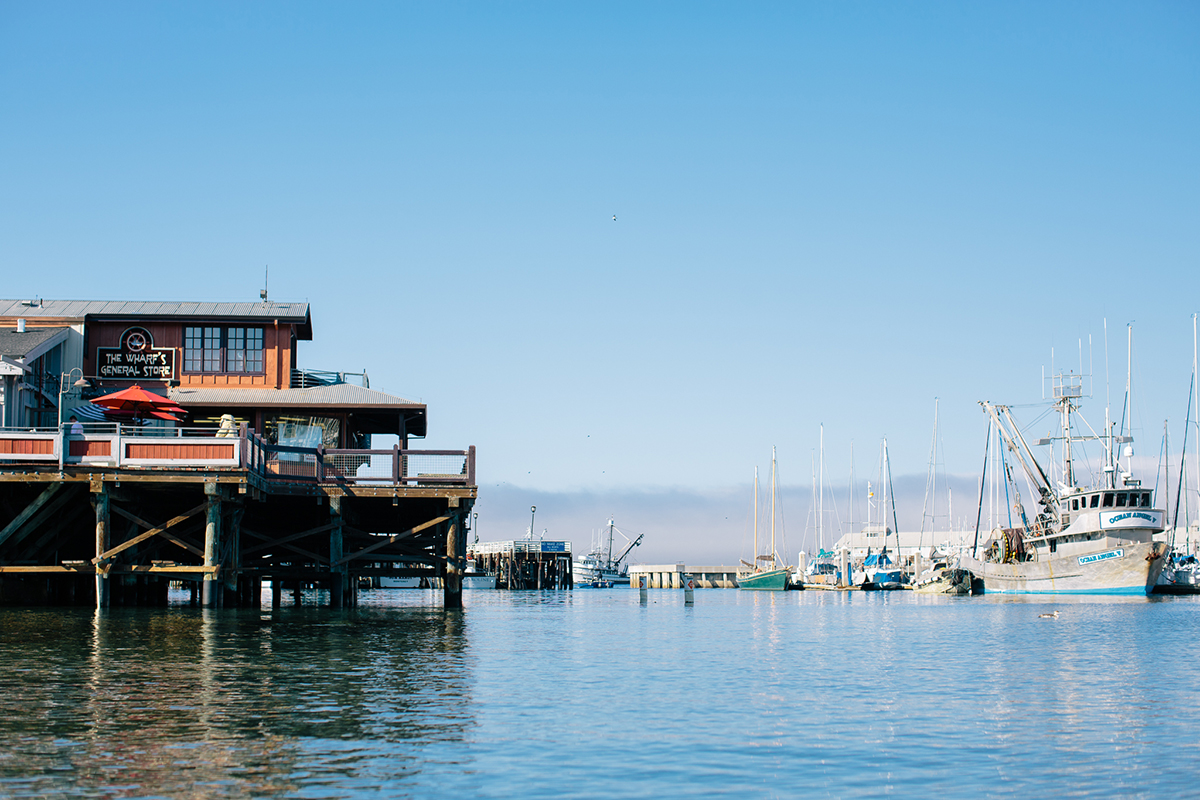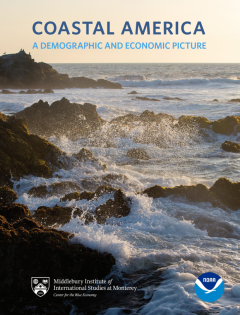Middlebury cohort participates in global climate solutions at COP30 in Brazil
| by Megan McKenna and Rachel Christopherson
Five delegates from Middlebury Global Climate Policy Network are joining the international climate conference in Belém, Brazil November 10-21, 2025








